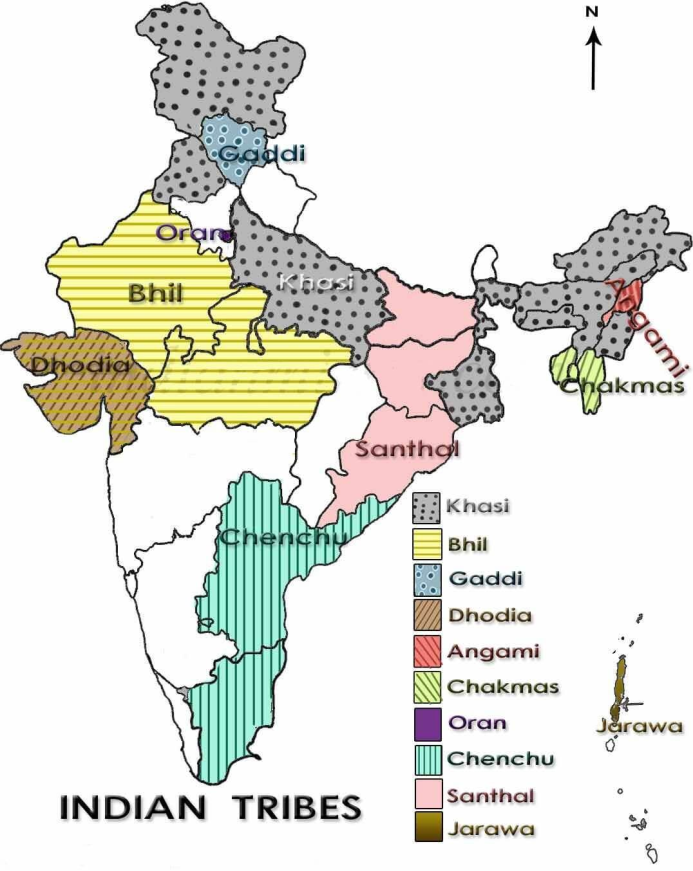Free Courses Sale ends Soon, Get It Now


Free Courses Sale ends Soon, Get It Now



Copyright infringement is not intended
Context: Ministry of Tribal Affairs reconstructed the schemes for comprehensive development of Tribal’s.
Details
Schemes for the development of Tribals
About Tribals in India
Challenges faced by Tribals
https://www.pib.gov.in/PressReleasePage.aspx?PRID=1807760
© 2024 iasgyan. All right reserved